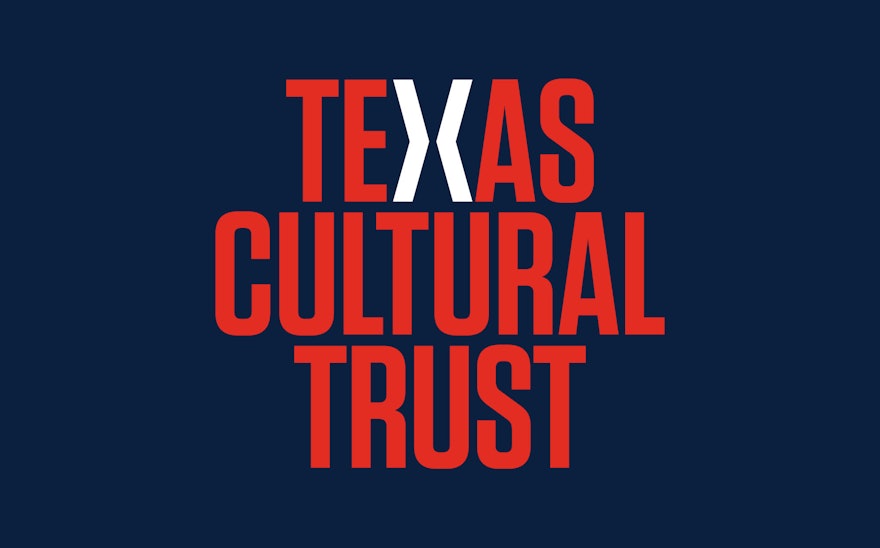Established in 1948, the American Academy of Neurology (AAN) is the world’s largest professional association of neurologists and neuroscientists, representing more than 36,000 members dedicated to the highest quality patient-centered neurologic care. The AAN publishes a group of esteemed journals and magazines that keep its community up to date on the latest scientific research. Most prominent among these is Continuum, AAN’s bimonthly journal of continuing medical education. Pentagram developed a comprehensive redesign of the publication in print and online that makes it more educationally effective and visually engaging.
Pentagram worked closely with Continuum Editor-in-Chief Steven L. Lewis and the AAN publications team on the update. The project was part of a larger overhaul of several AAN publications and their accompanying websites. In addition to Continuum, the Pentagram team also redesigned Brain & Life (formerly Neurology Now) a magazine for patients that focuses on brain health; NeurologyToday, AAN’s official bi-weekly news magazine; and AANnews, a weekly newsletter.
Continuum essentially functions like a coursebook—its full name is Continuum: Lifelong Learning in Neurology—and doctors keep the issues as a reference library. The journal covers a series of set topics—Child Neurology, Headache, Dementia, Neurocritical Care, and so on—over a sequence of 18 issues, with the subjects cycling through again every 3 years with updated research.
Continuum is the most academic of the AAN publications, dense with information. The goal of the update, the first since its launch in 1993, was to make the editorial design more accessible, straightforward and visually appealing. The art direction uses color and white space to create a bright, vibrant look and feel, starting with a distinctive cover illustration.
The issue topics are brought to the fore in eye-catching covers that feature colorful images by the British artist Peter Grundy, aka Grundini, one of the world’s leading information illustrators. Grundy created a series of simple, metaphorical drawings that combine ideas and iconography to capture the subject at hand in a medically informative way. The clarity of the illustrations is complemented by a simplified Continuum nameplate, set in the sans serif Fabriga (designed by Greg Lindy at Lux Typo).
The illustrations are a departure from the table of contents that usually appear on the front covers of medical journals. The full list of review articles has been moved to the back cover, effectively giving the magazine two functional covers. (Continuum is free of advertising.)
Gold was an important part of Continuum’s visual identity prior to the redesign, appearing in a metallic tone on the covers. The update makes the color a more modern and graphic gold-orange, used on the spine and incorporated into the cover illustrations. White dots on the spine indicate the issue number. Color is also part of the magazine’s organizational structure. The different sections are color-coded and indicated by semi-circular tabs that run along the fore edge of the journal to help readers navigate the issue.
To increase readability, the layout moves away from the densely packed pages typical of medical journals to incorporate more white space. Review articles are presented in a single column design with supplemental information like key points and figures moved to the margins. The team also developed guidelines for the design of statistical tables that are integral to every issue. Headers are set in Fabriga and text is set in the serif font FS Brabo (designed by Fernando Mello).
The clean, streamlined look of the redesigned magazine extends to the Continuum website, which has been optimized for mobile and features enhanced functionality and readability.
